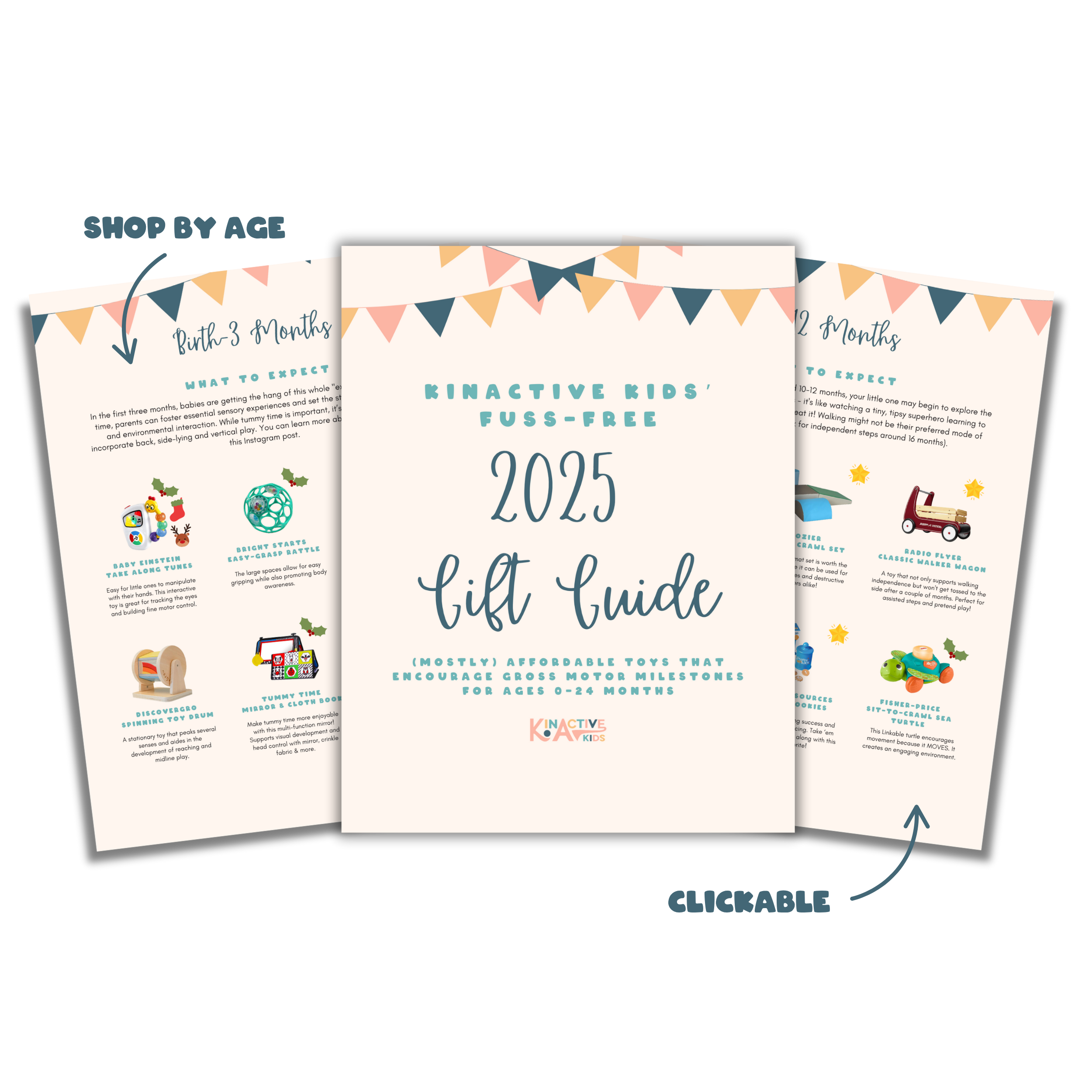5 Powerful Benefits of Sidelying for Newborn Development

Sidelying is one of the most overlooked yet powerful positions for newborns—and it’s time we talk about it. While back-sleeping is essential for safe sleep, and tummy time gets all the attention for motor development, sidelying sits quietly in the background… but it has big benefits.
This simple position supports early movement, helps prevent flat spots on the head, encourages visual exploration, and promotes balanced muscle development. If you’re looking to add intention to your baby’s awake time without overwhelming them (or you), sidelying is a great place to begin.

What is Sidelying, Anyway?
Sidelying means just what it sounds like: placing your baby on their side. That’s it. But don’t let its simplicity fool you—sidelying is a powerhouse when it comes to early development. It encourages symmetrical movement, gives babies a break from back, and helps little ones learn to bring their hands to midline (hello, body awareness!).
It’s especially helpful for babies who are a bit tight on one side, or who show early signs of torticollis.
Why Sidelying Deserves a Spot in Your Daily Routine
Let’s be honest—most newborns spend a lot of time on their backs. Between car seats, swings, bassinets, and play mats, the default is flat-on-the-back living. But when babies are awake, they need a variety of positions to build strength, prevent flat spots, and explore their bodies and environments. That’s where sidelying comes in—offering a simple yet powerful position for balanced development.
Here’s what sidelying brings to the table:
- Improved Head Shape: A break from back time = less pressure on the back of the head. Boom.
- Encourages Core Strength: When babies are on their side, they naturally try to pull their hands together or kick their legs over. That means obliques, neck, and trunk muscles are getting a solid little workout.
- Boosts Hand Awareness: You’ll often see babies bring their hands to midline or even their mouths in this position, which is a huge win for early motor skills.
- Supports Visual Tracking: Sidelying gives babies a new perspective on the world—and tracking toys or faces from this angle is a whole new level of fun (and neurological growth).
How to Do Sidelying the Right Way
Don’t overthink it. You don’t need fancy equipment. Just a flat surface, a rolled-up towel or small pillow behind baby’s back, and maybe another towel between their knees for alignment.
Here’s the basic setup:
- Lay your baby on their right or left side (switch it up regularly).
- Roll a small towel or blanket and place it snugly behind their back to prevent rolling.
- Make sure their shoulders, hips, and knees are in line.
- Place a toy or your lovely face at their eye level to engage them.
You can start this as early as 10 weeks—just make sure baby is awake and supervised. Five minutes here and there, a few times a day, can make a world of difference.
A Note on Sidelying and Feeding
Sidelying is also a fantastic position for nursing or bottle feeding. It allows for better alignment of the baby’s head and neck, can reduce reflux symptoms, and supports a calmer, more regulated feed. Win-win.
Sidelying for the Win
Look, there’s no one “perfect” way to position a baby, and variety is key. But if sidelying isn’t part of your routine yet, it’s time to mix it in. It’s gentle, developmentally rich, and can be a total game-changer for babies who need a little extra support early on.
If your baby seems stiff, always prefers looking one direction, or just isn’t loving tummy time yet, sidelying might be the bridge you’re looking for.
Need help figuring out the best way to support your baby’s development? I’m here for you. Let’s make sure your baby is comfortable, balanced, and on track to explore the world with strength and confidence.
Looking for more ways to support your baby? Join me on Instagram for more easy, actionable tips to support your baby’s development.



